Castle Leslie Estate presents: Introducing counter canter, By our Head Trainer, Jenny Richardson BHSAI
If you have aspirations to ride flying changes, I’d like to show you an exercise. It builds up to this movement by helping develop balance. It utilises using quick-fire changes of bend and counter canter.
Step one
Ride a small, half circle in the F/A corner (the top left corner) of the manege on the right rein in trot. You will be on the right rein, with left bend. Turn just before A and bend the horse to the left, as if you were turning towards ‘E’. Instead, ride a right leg yield to the track, approximately at B, thus changing the rein. Go large. (NB – you are effectively riding a similar ‘tear drop’ shape as the well known dressage movement in a prelim test: ‘Half circle right 10 metres diameter, returning to the track at B.’)
Step two
Next, repeat the exercise at the bottom left corner of the school on the left rein – ride a small, half circle on the left rein in the C/M corner, before riding a left leg yield to the track, approximately at B; thus riding your tear drop shape and changing the rein again. You are now on the right rein. Go large.
Step three
Now join the two parts together, so you are riding the tear drop shape at both the A end of the school, and then the C end of the school. The horse should be very obedient and focussed to concentrate on the quick succession of changes of bend.
Step four
Next, ride the above exercise in canter, firstly step one, then step two and step three. During your leg yield, you will essentially be in counter canter. Every time you reach the track at ‘B’, come back to trot and take canter on the new (correct) rein, so you are making a progressive, canter-trot-canter transition.
Top tips
Don’t focus too much on moving the horse over in a technically correct leg yield – just and ask the horse to move away from your inside leg.
Try to make the point you hit the track (approximately at B) the same each time, as further on in your schooling, you can introduce a flying change at this point, instead of the canter-trot-canter transition.
Why not book a horsey training break with us where we can work on your skills? Click here to visit our equestrian section.




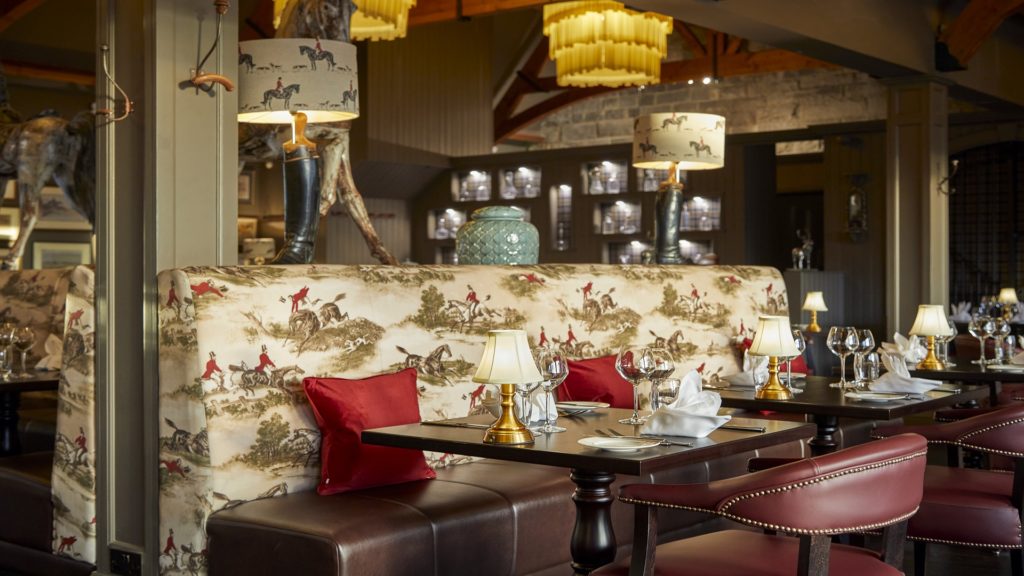
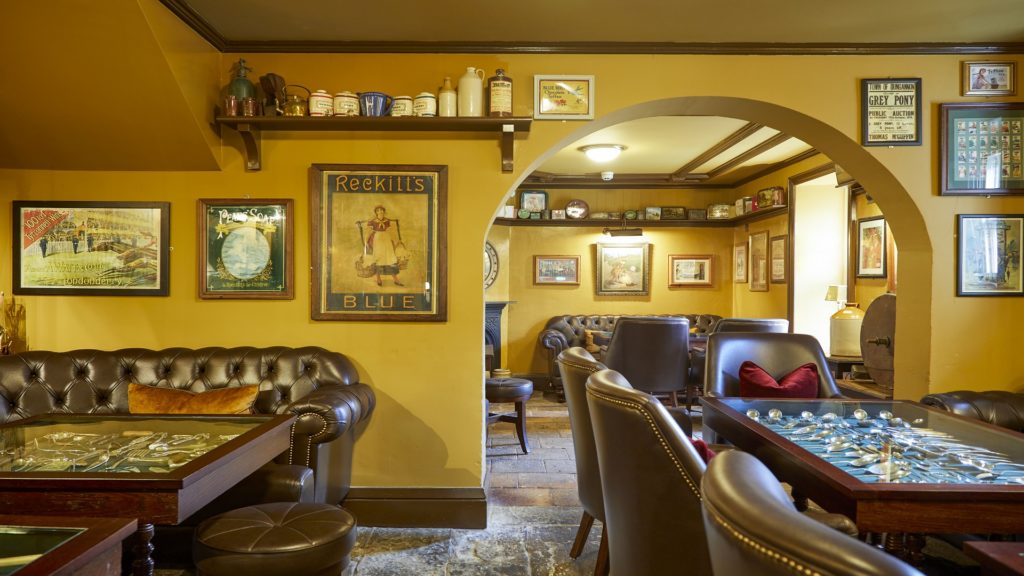
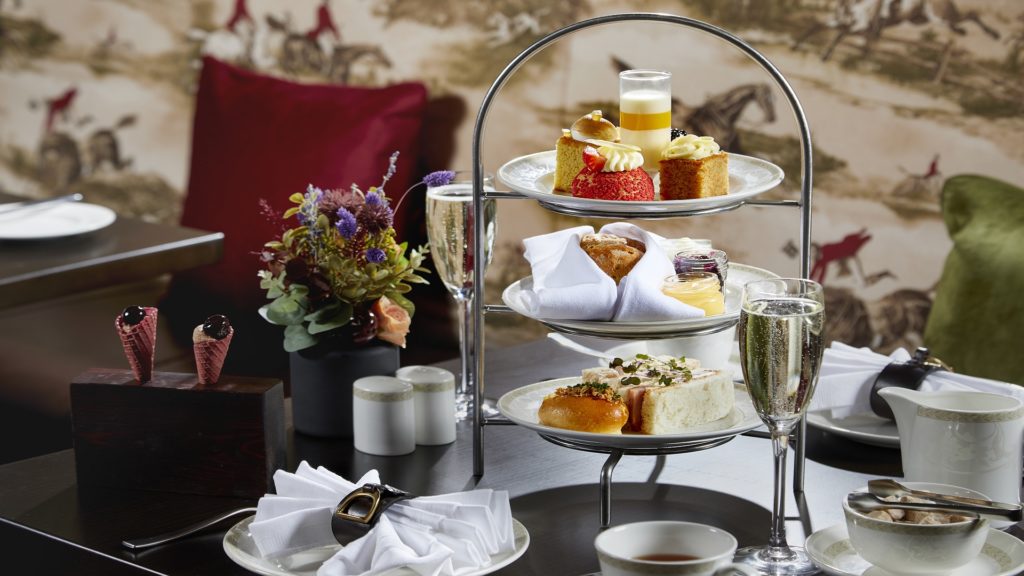

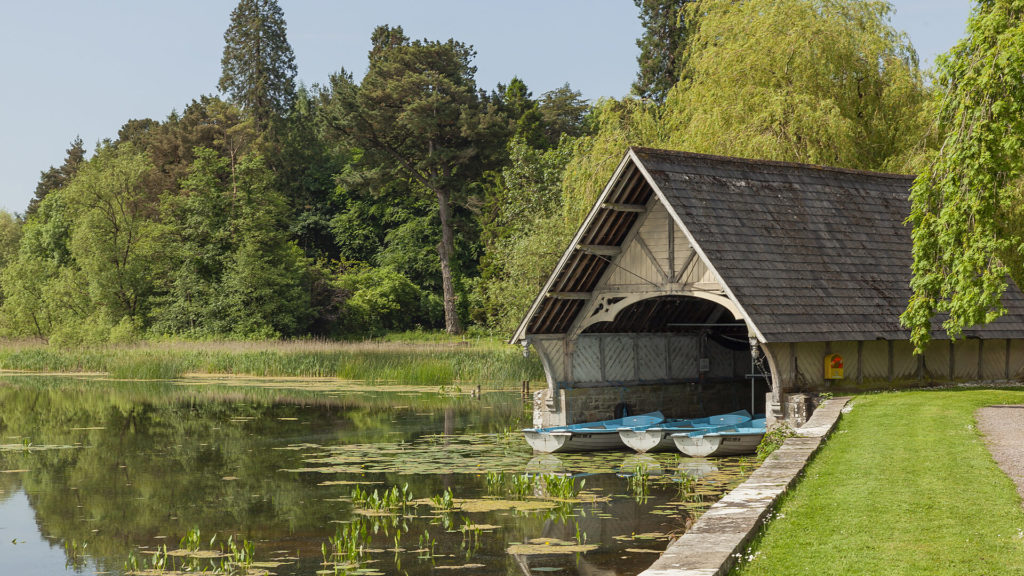






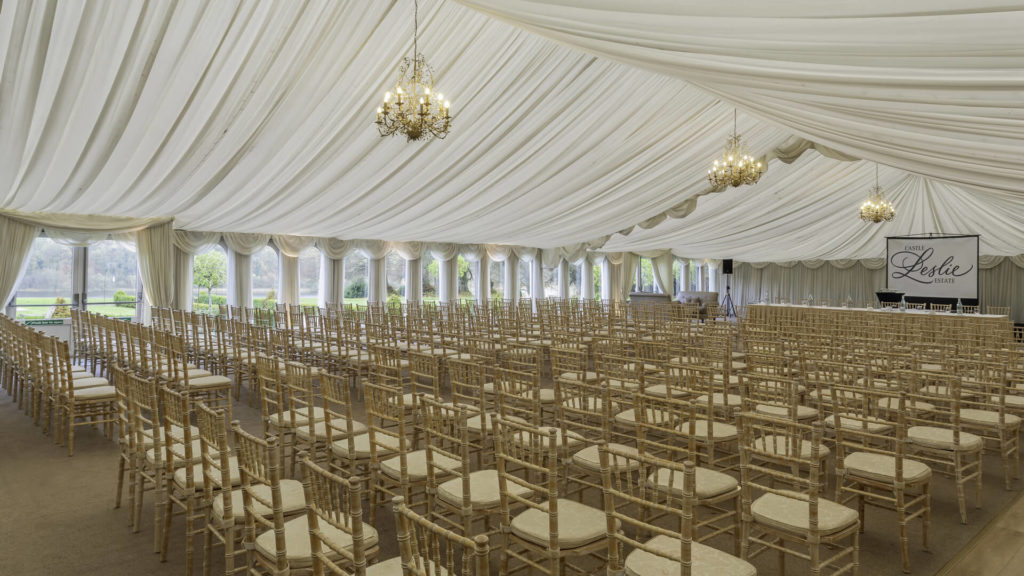

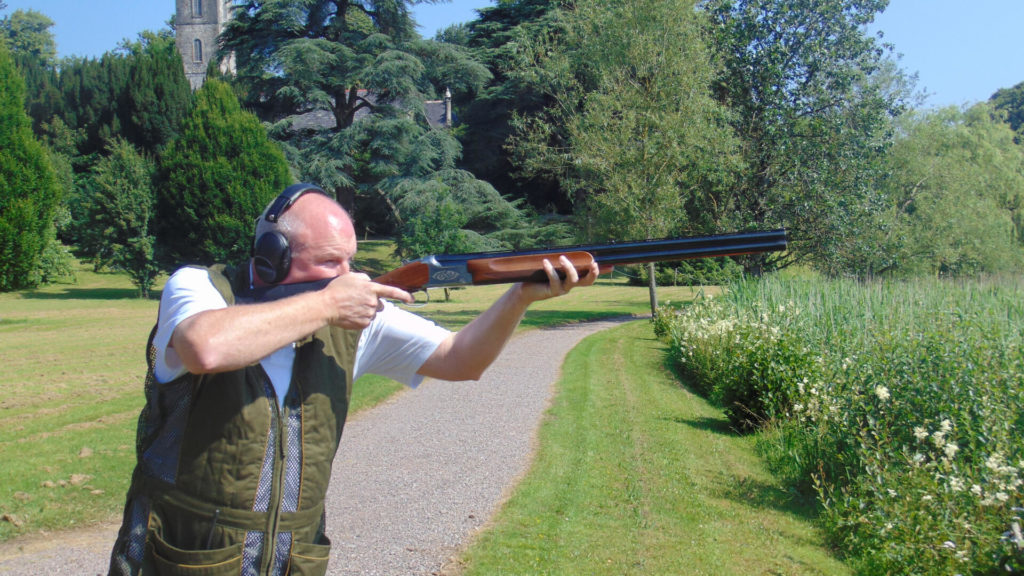
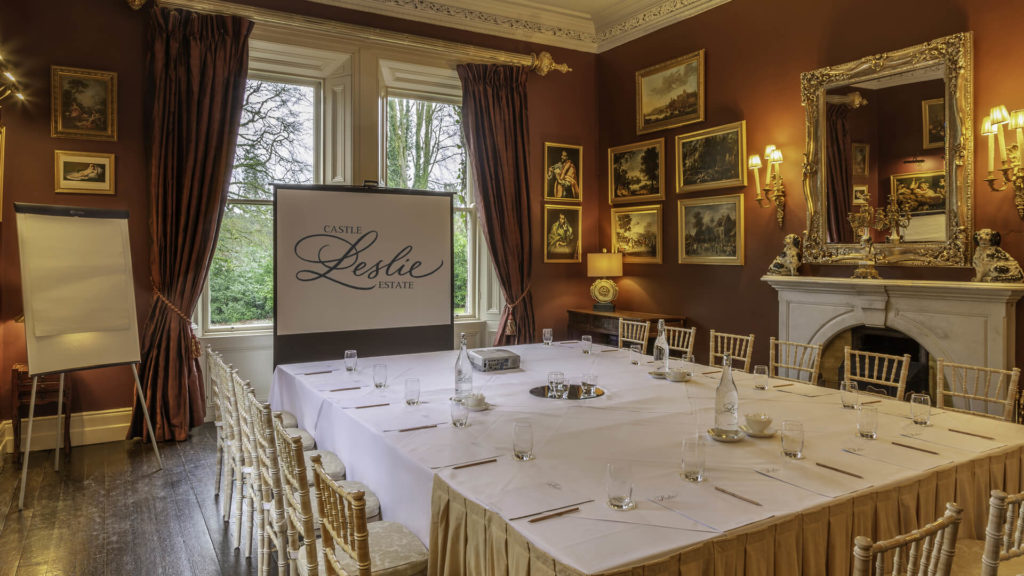



Recent Comments